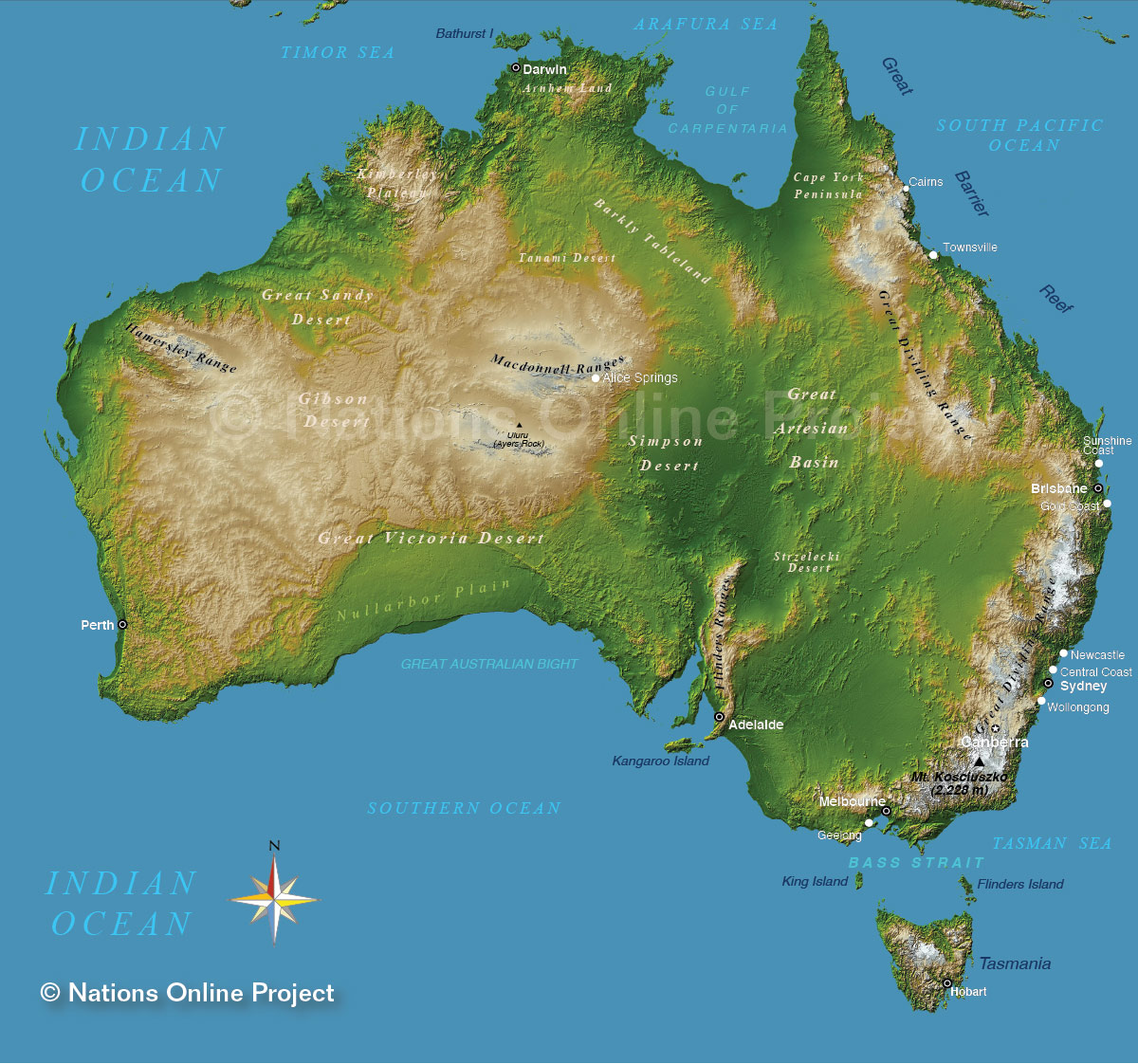Kinetic Energy of a
Continent

So how much energy is there in continental drift
anyway? Energy can be invested into the crust in
many ways, such as potential energy in large
mountain ranges, kinetic energy in the movement of
plates, and elastic energy caused by compression
of the plates. The easiest of these to solve for
is kinetic energy. Kinetic energy is solved using
the equation KE=1/2mv^2. We will solve for
the kinetic energy of Australia, because out of
every continent, Australia is the least
geologically active at its center, and as a result
its movement is very uniform.


|


